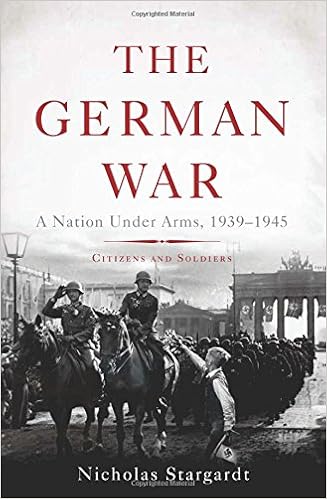 My Grandfather and the Tragedy of Jewish Vienna
My Grandfather and the Tragedy of Jewish ViennaBy Peter Singer, NY: Harper Collin Publishers, 2003
"What binds us pushes time away," wrote David Oppenheim to his future wife, Amalie Pollak, on March 24, 1905. Oppenheim, classical scholar, collaborator and then critic of Sigmund Freud, and friend and supporter of Alfred Adler, lived through the heights and depths of Vienna's twentieth-century intellectual and cultural history. He perished in obscurity at a Nazi concentration camp in 1943. More than fifty years later, philosopher Peter Singer set out to explore the life of the grandfather he never knew.
Combining touching family biography with thoughtful reflection on both personal and public questions we face today, Pushing Time Away captures critical moments in Europe's transition from Belle Époque to the Great War, to the rise of Fascism, and the coming of World War II.
The Pink Triangle
The Nazi War against Homosexuals
By Richard Plant, NY: Henry Holt and Company, 1986
The Pink Triangle
The Nazi War against Homosexuals
By Richard Plant, NY: Henry Holt and Company, 1986
This is the first comprehensive book in English on the fate of the homosexuals in Nazi Germany. The author, a German refugee, examines the climate and conditions that gave rise to a vicious campaign against Germany's gays, as directed by Himmler and his SS--persecution that resulted in tens of thousands of arrests and thousands of deaths.
In this Nazi crusade, homosexual prisoners were confined to death camps where, forced to wear pink triangles, they constituted the lowest rung in the camp hierarchy. The horror of camp life is described through diaries, previously untranslated documents, and interviews with and letters from survivors, revealing how the anti-homosexual campaign was conducted, the crackpot homophobic fantasies that fueled it, the men who made it possible, and those who were its victims, this chilling book sheds light on a corner of twentieth-century history that has been hidden in the shadows much too long.
The Hidden Holocaust?
Gay and Lesbian Persecution in Germany 1933-45
The persecution of lesbians and gay men by the Nazis is a subject that has been constantly debated during the last decade, providing a theme for books, articles, and plays. Until recently the discussion has remained speculative: most of the relevant documents were stored in closed East German archives, and access was denied to scholars and researchers.
As a result of the unification of East and West Germany, these archives are now open. Hidden Holocaust, by the German scholars Gunter Grau and Claudia Shoppmann of Humboldt Uinversity, Berlin, demonstrates that the eradication of homosexuals was a declared gol of the Nazis even before they took power in 1933, and provide proof of the systematic anti-gay campaigns, the methods used tjo justify discrimination, and the incarceration mutilation and murder of gay men and women in Nazi concentration camps.
A chilling but ground-breaking work in gay and lesbian studies
As a result of the unification of East and West Germany, these archives are now open. Hidden Holocaust, by the German scholars Gunter Grau and Claudia Shoppmann of Humboldt Uinversity, Berlin, demonstrates that the eradication of homosexuals was a declared gol of the Nazis even before they took power in 1933, and provide proof of the systematic anti-gay campaigns, the methods used tjo justify discrimination, and the incarceration mutilation and murder of gay men and women in Nazi concentration camps.
A chilling but ground-breaking work in gay and lesbian studies














